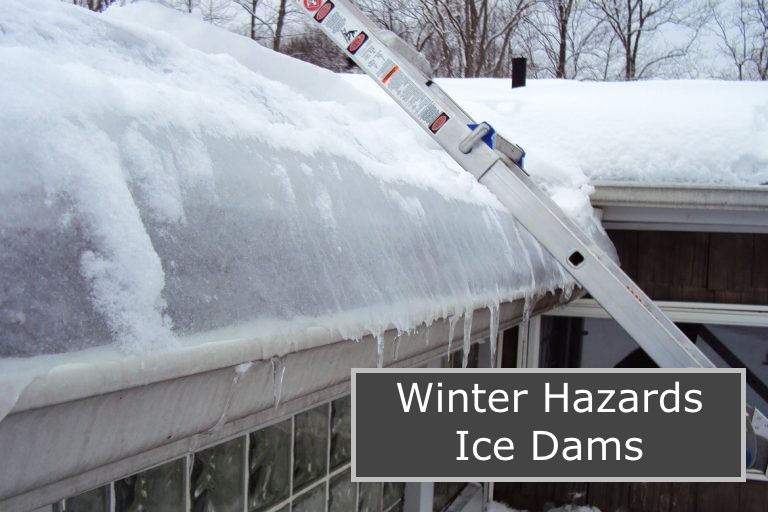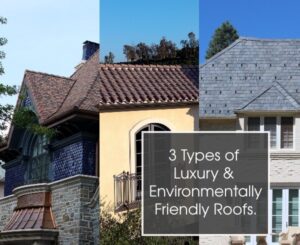Ice Dams: The Silent Threat to Your Roof and Home

Winter brings a picturesque wonderland, but it also brings hidden dangers. One of these threats is the dreaded ice dam. Ice dams can wreak havoc on your roof and compromise the safety and integrity of your home. Let’s understand what ice dams are, how they form, and the measures you can take to prevent and manage them.
What are Ice Dams?
Ice dams are ridges of ice that form along the edges of roofs. They prevent melting snow from properly draining off the roof, leading to water pooling and potential leakage into your home. This process can be particularly concerning as the trapped water seeps through roofs, damaging insulation, ceilings, walls, and even causing molds.

How do Ice Dams Form?
The formation of ice dams typically occurs when snow on the upper sections of the roof begins to melt due to heat escaping from poorly insulated attics. This melted snow then flows down and refreezes near the colder overhangs of the roof, resulting in the formation of ice dams. Ongoing cycles of melting and refreezing perpetuate the problem, causing the ice dams to grow bigger and more damaging.
Prevention and Management:
Insulation and Ventilation: Proper insulation, combined with well-ventilated attics, is crucial in preventing the formation of ice dams by keeping the roof temperature uniform. This reduces the chances of snow melting unevenly and forming dams.
Seal Air Leaks: Identify and seal any air leaks in your attic, such as around chimneys, vents, and light fixtures. This prevents warm air from reaching the roof and melting the snow.
Clear Snow: Safely remove snow from your roof using a roof rake or hire professionals for this task. By removing the snow, you reduce the chances of it melting, freezing, and forming ice dams.
Gutter Maintenance: Keep your gutters clean and free from debris. Clogged gutters can contribute to the formation of ice dams by preventing proper drainage of melting snow.
Professional Inspection: Schedule a professional inspection to identify any pre-existing issues or vulnerable areas that may lead to ice dam formation. Timely repairs or improvements can save you from major roof damage and potentially costly repairs.
While ice dams may appear harmless at first, they pose significant threats to the integrity of your roof and your home. By understanding how ice dams form and implementing preventive measures, you can safeguard your property from these silent winter hazards. Remember, investing in proper insulation, ventilation, and regular maintenance will ensure a snow-covered winter wonderland remains enchanting rather than cause stress and damage to your home. Stay proactive, take necessary precautions, and rest easy knowing you have protected your home from the potential perils of ice dams.
As with any roofing issue, if you’re unsure, there’s no harm in calling the experts at Tile Roofs Canada to get a 2nd opinion.




